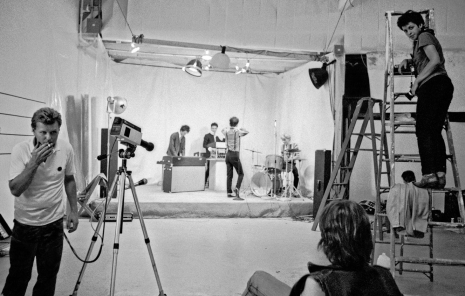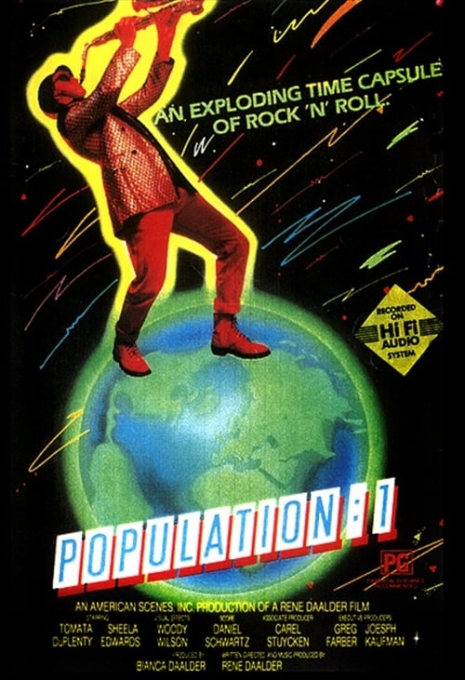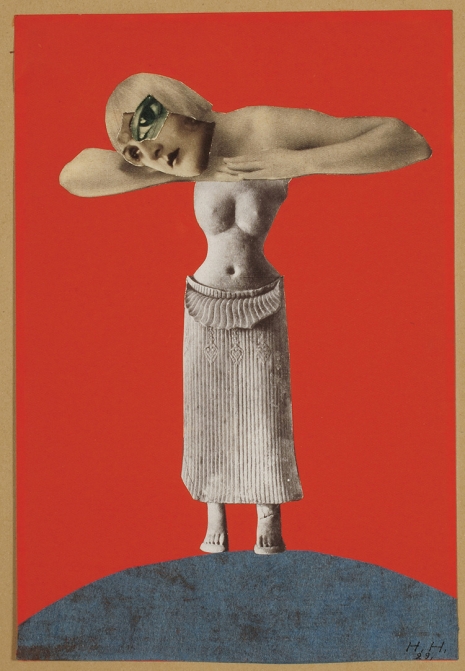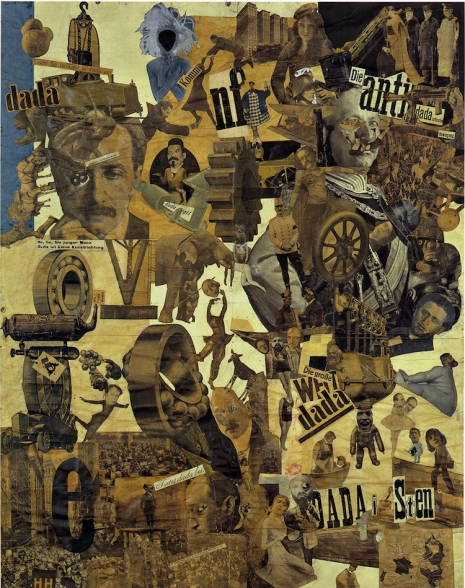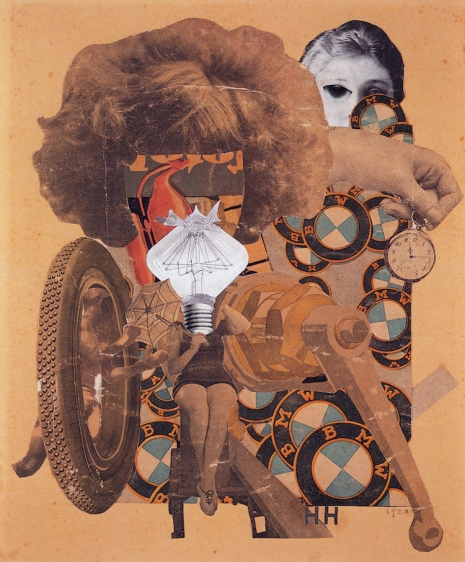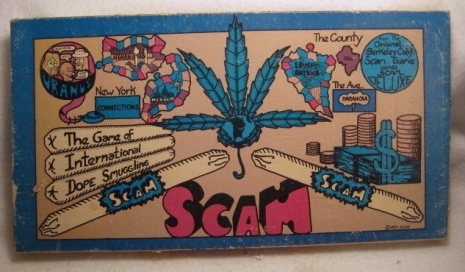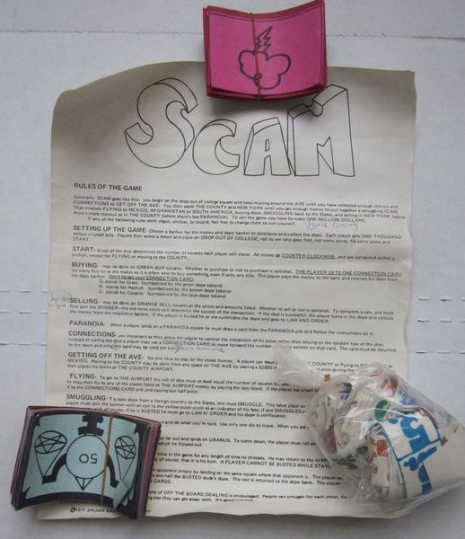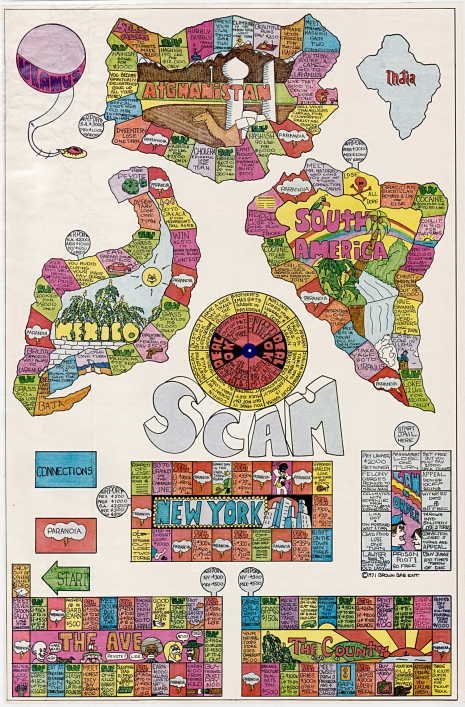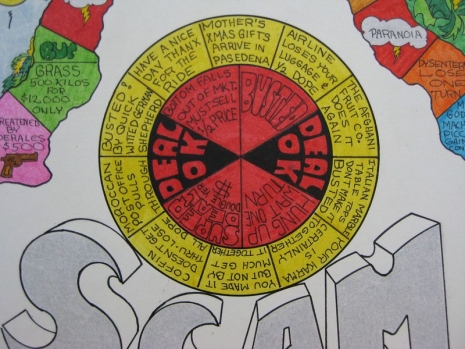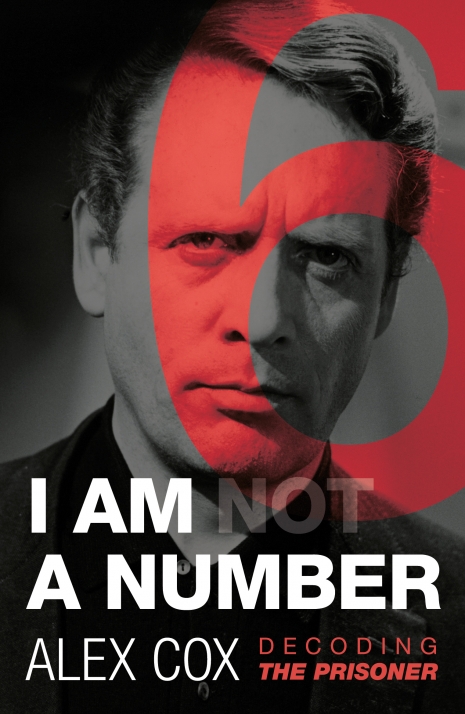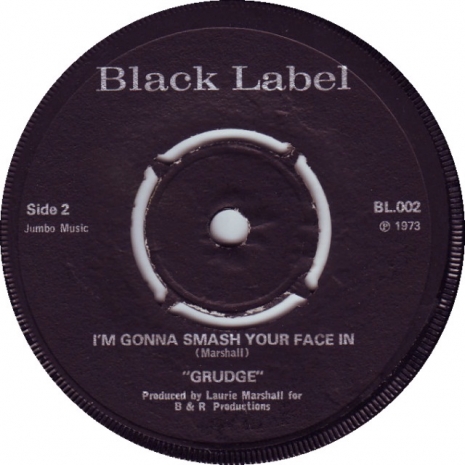
All My Kin is the first—and probably only—release by the mysterious outsider music group known as Beanpole. Not exactly a concept album, but very much a concept album, All My Kin tells warped and demented tales of animal-human hybrids, onion-loving farmers, eating, cousins and other fun stuff.
Most of the music originated from between 1984 and the early 90s and it was Les Claypool, he of Primus, who originally wanted to release a decades’ worth of Beanpole’s output on his Prawn Song imprint sometime in the mid 90s, precipitating, it is said, a break with parent record label Mammoth who just didn’t get it and pulled the plug.
For two decades poor Beanole was forgotten.
Fast forward: Les Claypool is touring with Sean Lennon as The Claypool Lennon Delirium in 2017. On the tour bus Claypool played Beanpole for Lennon, who decided that he wanted to release them on his own Chimera record label.
One of the members of the Beanpole, er, collective (?) is Adam Gates, a graphic designer long employed by the Pixar animation studio and formerly of the Spent Poets. Longtime readers of this blog will know him as “ifthenwhy” in the comments section. He sent me the Beanpole CD and a note telling me “You’ll HATE this,” but I LOVED IT. I mean no less of an authority than Rolling Stone said that Beanpole “sound like the Residents guest-appearing on Hee Haw” which is not only quite correct, but also just about the nicest thing you could ever say about any group, if you ask me.
I asked Adam Gates a few questions about Beanpole over email.
How did Beanpole come to be and who is involved?
Beanpole was started by principal songwriter, and my lifelong music cohort, Derek Greenberg (Derek would eventually play bass in my band The Spent Poets). Initially “the band” was a loosely knit recording project which began somewhere in 1984 and ended in 1995. The recordings were primitive bedroom creations (many of the album tracks were recorded on Tascam 4 Track cassette machines) that eventually graduated to, still primitive, home studios. While Derek has always remained the chief songwriter, a fairly tight circle of friends greatly informed the sound. This includes Derek, myself, Thomas Muer, Geoff Marx, Darin Wilson, Les Claypool and Larry LaLonde.
It sounds so much like Renaldo and the Loaf, that I’m gonna guess that it was rather heavily Residents inspired? What were y’all trying to accomplish?
That’s a huge compliment. Thanks.
Derek has always had a “healthy” fixation on two things, The Beatles and Disneyland, and while The Residents were certainly a major influence on all of our high school brains, we never tried to overtly sound like any of our heroes. While we were not good enough to hide our influences we also couldn’t come close to replicating them (although the bass line to “His Name Is Beanpole” is pure McCartney). Rather, we played the songs as best as we could (lots of them are not that easy), usually limiting the recordings to a few takes. The only thing that mattered was that we satisfied ourselves. Nothing was labored over, nothing was precious. The final track just had to sound like “Beanpole,” which was more of a sensibility than anything intellectual. We didn’t care. No one would ever hear it. No one would like it if they did.
I typically loathe “funny” music and while I totally understand why some people are dismissive of Beanpole as a some kind of lesser Ween pastiche, none of us ever thought that we were making music to make people laugh (Why do people find The Residents funny?). The lyrics are often sad and disconcerting: a grandma abducted - a starving family contemplating eating one of their own - inbreeding - buried children - a bullied embryo - a farmer who loves an onion and then cheats on it.
It’s a dark, if tragic, world.

What is the backstory of the release? Was it cursed?
I played the tracks for Les Claypool and he fell in love with them, and has championed the band for years. It was his intent to release the album on his Prawn Song label, and an album (that’s very similar to the final 2018 release) was mastered in 1993. We brought in all the tracks on old cassettes, in a shoe box, to the mastering session. The music was then digitized and mastered using the shit tech of the early 90s. Thankfully Stephen Marcussen, who is a truly amazing world class mastering engineer, remastered the album for the Chimera release. We LOVE how it sounds.
Apparently “Beanpole” was the final straw for his label’s distributor and the album (and his label) were subsequently shelved.
After that, we all forgot about poor Beanpole. He was like a distant cousin. Not dead, but not really alive either.
The music became a bit of a cult item with dedicated Primus and Spent Poets fans, but every musician likes to think of his unreleased stuff as a cult item, doesn’t he? We were no Daniel Johnson, but tapes were passed around for years.
How did Sean Lennon get behind the Beanpole vision?
That’s all Les. He played it for Sean in the back of a tour bus during their “Claypool / Lennon Delirium” tour. Apparently dear old Beanpole spoke to him. I remember when Les called to tell me that Sean wanted to release it that I was utterly skeptical, as people say lots of things in the back of tour buses. And I know for a fact that Beanpole is pretty good when one is high on weed, but Sean was serious. Next thing we know his Chimera label was asking for art and masters. .
Now, as far as Derek and I were concerned, we were now members of The Beatles. Let’s just say our Beatles obsession is “biblical” and the fact that Sean (lineage aside, he’s a musician who I greatly esteem) wanted to actually release Beanpole, convinced me that something occult and out of our control was afoot. Some other weird stuff has happened that makes me believe in the Beanpole occult connection. I’m telling you that someone masturbated over a sigil somewhere. It’s the only thing that adds up!
How does it feel to have something from your “youth” come back to haunt you like this?
Weird. Again, no one was ever supposed to hear this music.
It’s funny, I created the illustrations and design for the album and I found myself actually reverting to my high school art style, something I rarely do these days. Hell, I didn’t know that I could do it. So I suppose that’s a sort of haunting? But truth be told, I don’t think any of the principals behind this this music have “evolved” much. We are still the same people, and the music still perfectly represents our loves and obsessions. Larry LaLonde’s tracks (all the albums instrumentals sans “Dinner Time” are his) still fills me with the exact same idiot glee today as they did 20 years ago. Derek was, and is, a musical genius. Over the last five years he’s recorded over 200 remarkable songs that he quietly puts online. No one hears them. No one knows. He doesn’t care.
Personally, I am very satisfied knowing that while my high school peers were listening to Rush and Huey Lewis, we were huddled around a 4-track, in a tiny suburban bedroom, recording a song called “Chicken Boy”.
Will the band be getting back together for a reunion tour or Coachella appearance?
Beanpole will be playing with The Claypool / Lennon Delirium on New Years Eve at the Fillmore in San Francisco. I’m playing my Fender Bass XI with a pick, just like McCartney on the White Album.
Coachella can’t afford us.

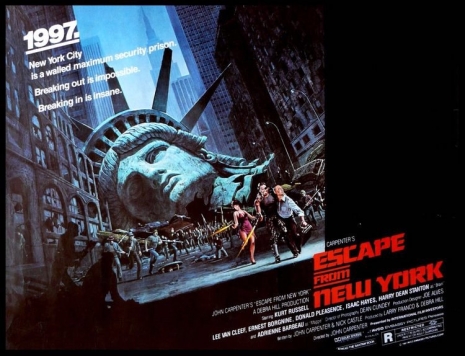
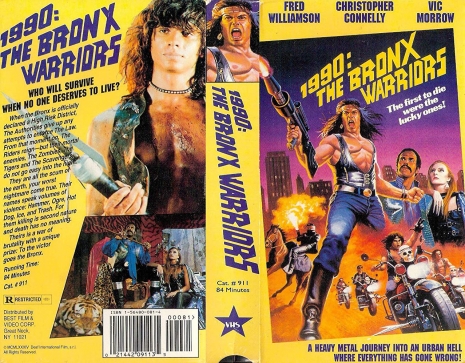








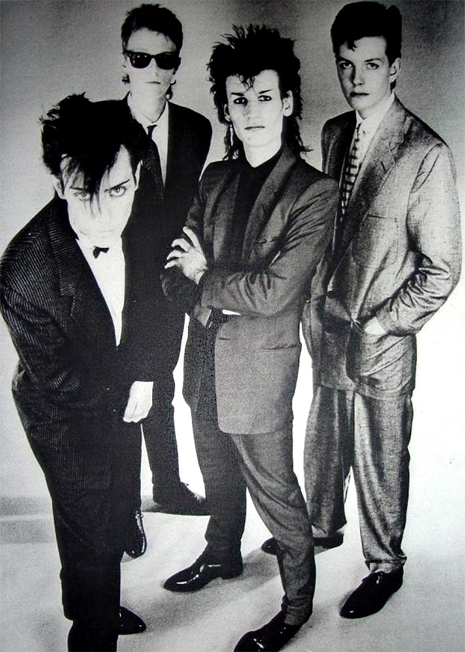
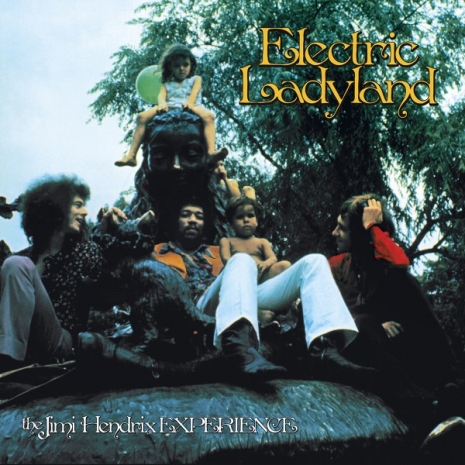
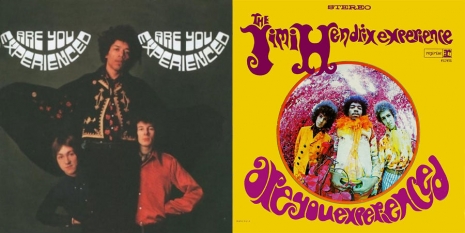
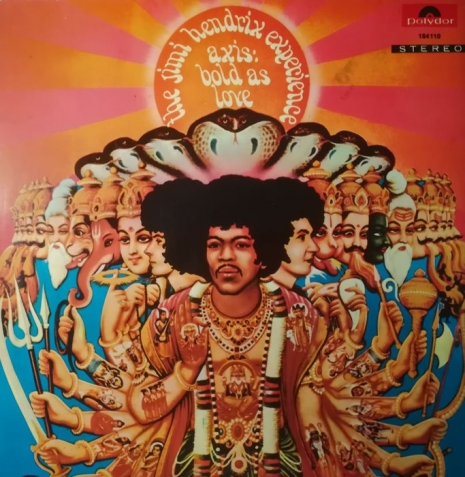

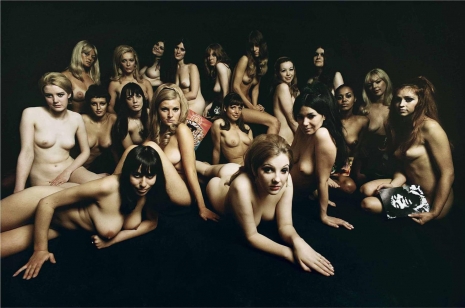

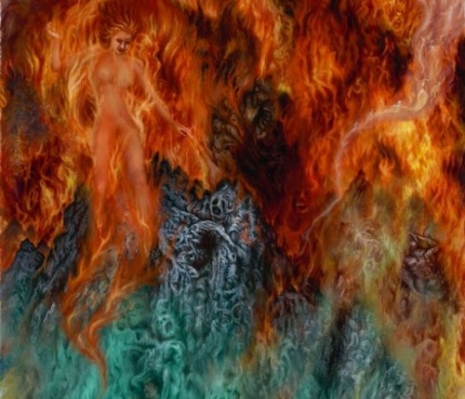
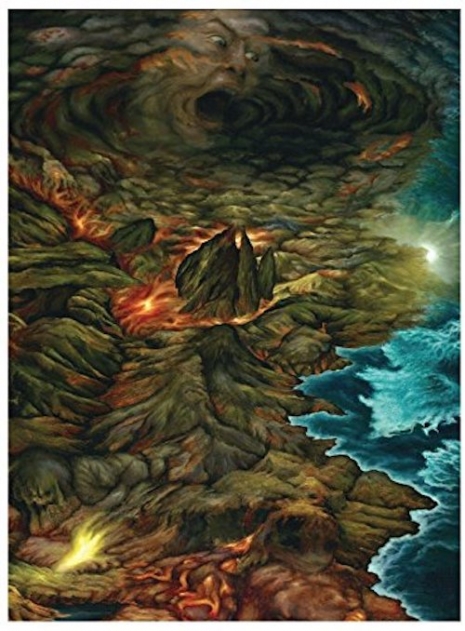

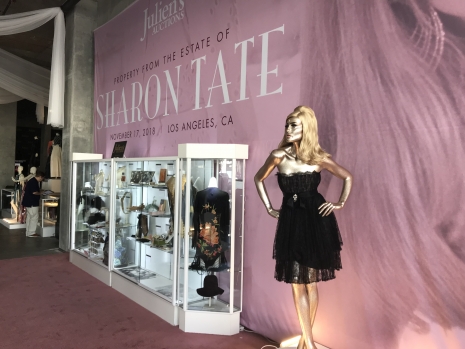





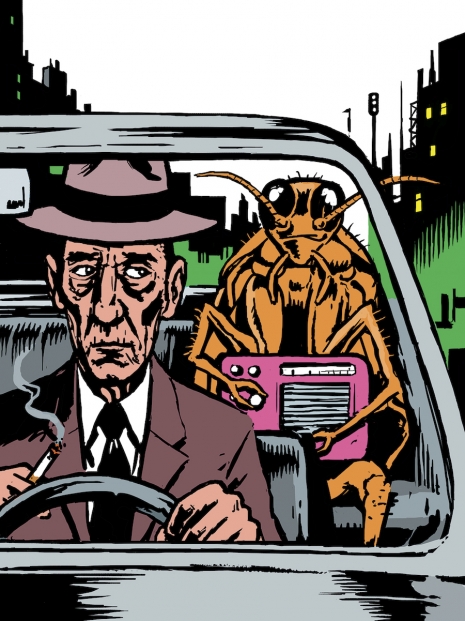
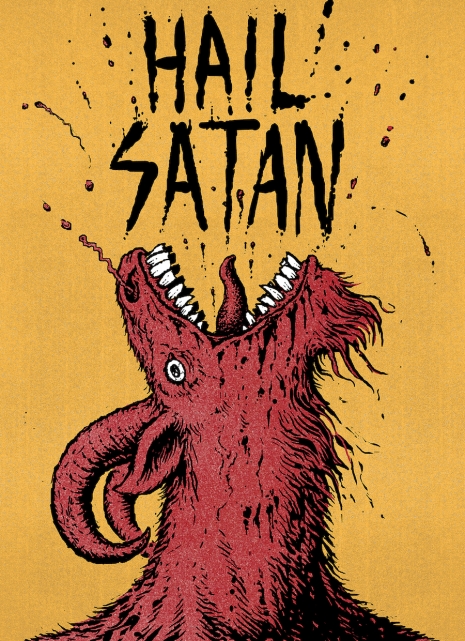




__Fri__Oct_27__1967__465_198_int.jpg)
